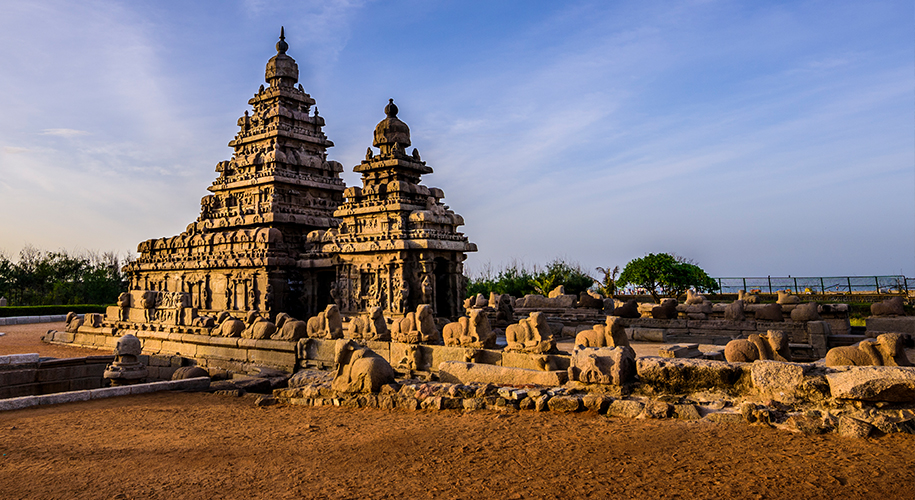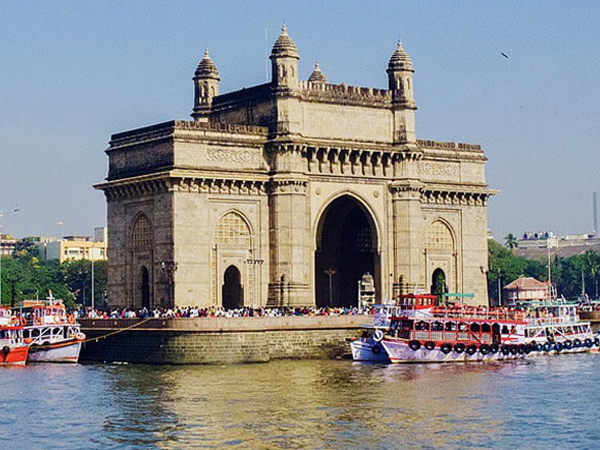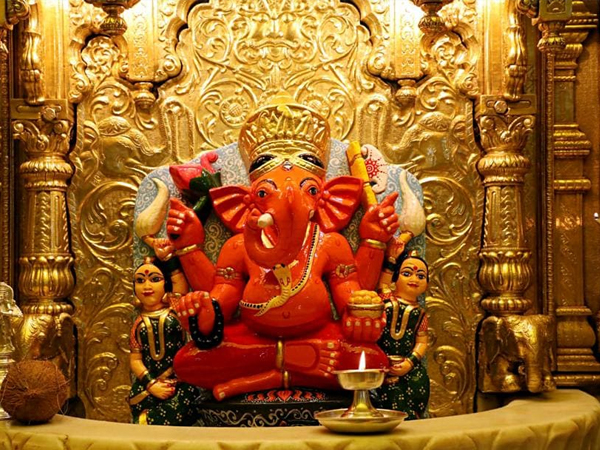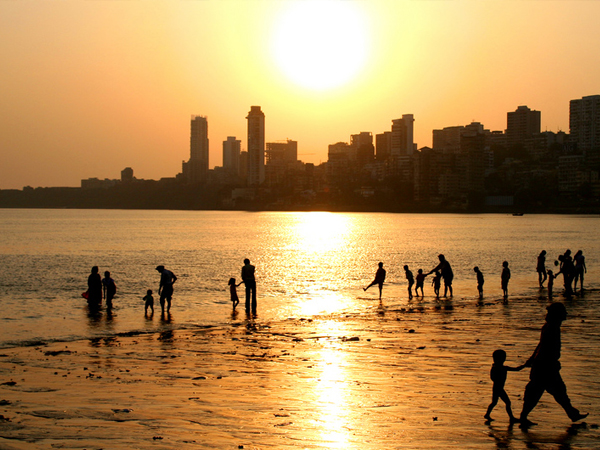The Group of Monuments at Mahabalipuram is a UNESCO World Heritage Site located about 60 kilometers south of Chennai in Tamil Nadu. It is a beautiful collection of religious monuments situated on the Coromandel Coast of the Bay of Bengal. The town is also home to some of the most beautiful beaches in India.
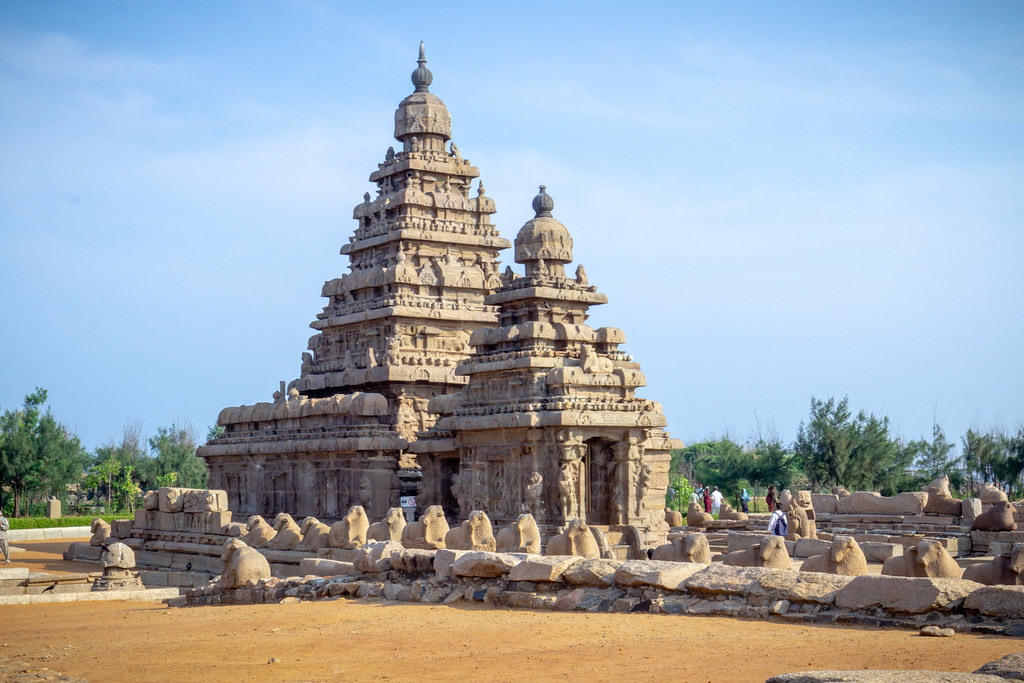
The group of monuments includes some of the most significant open-air rock reliefs in the world. The city was a port for colonists who were sailing to South-East Asia during the Periplus. There are also 40 sanctuaries and a Hindu temple. The monuments in Mahabalipuram are a unique example of ancient traditions. These include the largest open-air rock relief in the world is located here.
The Group of Monuments at Mahabalipurampouram comprises the stone lion, the pygmy, and the rock sanctuaries. The statue is dated to the seventh century C.E., making it one of the oldest stone lions in India. The seaport at Mahabalipuram has been a trading center for centuries and has a long history.
The main temple of the Shore Temple Complex is 6 feet high and is one of the most popular attractions in Mahabalipuram. There are seven other buildings at this complex that are known as pagodas. The pygmalades in the shore temple complex are decorated with statues of Lord Krishna. The temples in the shore area are known as Nripatsimha Pallava Vishnugriha.
The monuments in the group of monuments at Mahabalipuram are famous throughout India. The Shore Temple, a temple carved out of the rock, is one of the oldest structures in the complex. In addition to the Shore temple, there are eleven other mandapas in Mahabalipuram. These are located near the sea and are covered in bas-reliefs.
There are many other monuments at Mahabalipuram. The Descent of the Ganges is a famous group of monuments in Mahabalipuram. The Descent is one of the most well-known and is the largest bas-relief work in the world. It represents a mythological episode from the Mahabharata. There are a total of eleven mandapas in the complex.
The ruins of Mahabalipuram are a World Heritage Site. It is one of the largest and most beautiful groups of monuments in South India. In addition to the rock-cut temples, there are other stone structures and monolithic structures. The monuments in the complex were built by the Pallava king Mamalla in the 7th and 8th centuries. The temples at Mahabalipuram were also named after the goddess Durga and the god Vishnu.
Visit Group of Monuments at Mahabalipuram for more information. Also, have a look at our various monthly issues.

